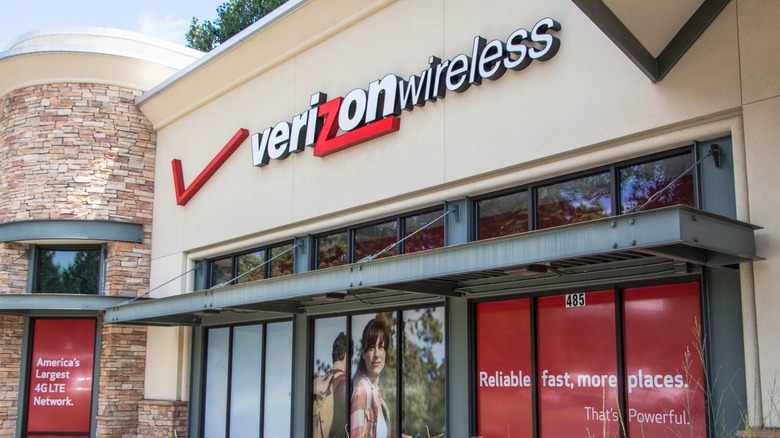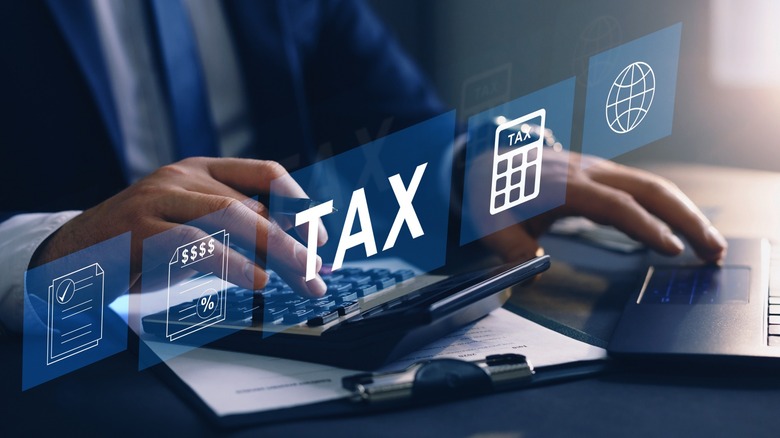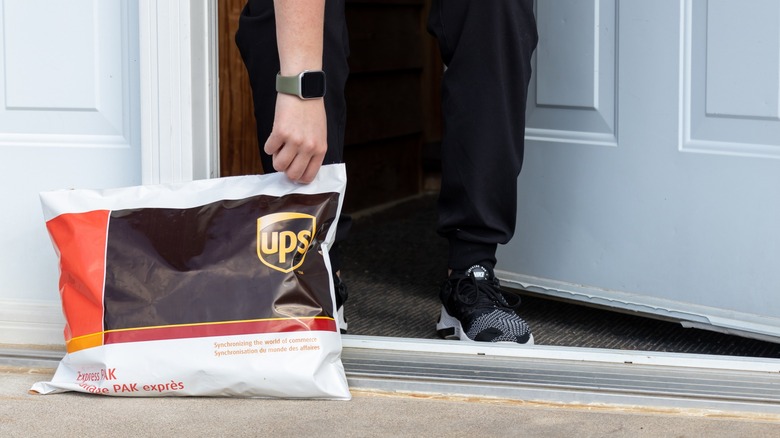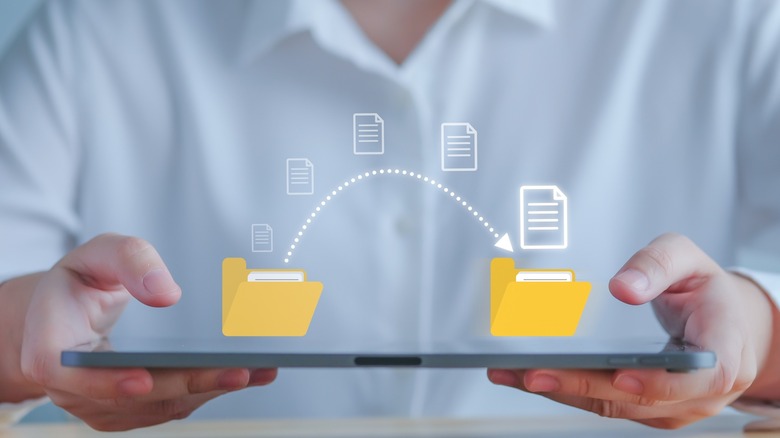4 Things To Know Before Upgrading Your Mobile Device With Verizon
Once you become a smartphone user, there's an inevitability that will occur every few years — you'll be in the market for a new device. Whether you've been receiving promotional texts from Verizon offering a deal that sounds too good to be true or you realize your phone is on its last legs, you may be considering upgrading. That's exciting and all, but do you know what to do before moving on from your current phone and what to expect when upgrading through Verizon?
You may think it's as simple as Verizon giving you a new phone once you hand over your old one, but there are a few things to keep in mind and necessary steps to take before agreeing to those upgrade terms and conditions. We'll try to simplify the process for you with a few things to know before upgrading, tips on navigating the process, and some final steps to ensure you fully enjoy your new device.
Are you even eligible for an upgrade?
The reality is you can always upgrade your phone. What changes is whether you pay full price or not. If you haven't received anything from Verizon stating you're due for an upgrade but you think it's time, you should check your account for possible offers.
Under your account's device management section, you'll see whether you're eligible for an upgrade or not. Go to My Devices and click Manage under the device you want to upgrade. Here, you'll see any active payment plans and upgrade eligibility. If you still have a balance left, you can pay it off in one lump sum if you're that adamant about upgrading. Typically, Verizon is not shy about device upgrades. Once eligible, you will likely start to receive text messages or emails regarding offers on new devices.
Verizon will also sometimes offer an early upgrade option, so long as 50% of the retail price has been paid. This is typically on select phones, which you can see in Verizon's support portal. Otherwise, just as you did before, check your My Devices tab to see if you can upgrade your device early via this program.
Free upgrades aren't 100% free
Be mindful of falling for "free upgrade" advertising through Verizon. As with most things that sound like they fully benefit the consumer, there is a catch. How these deals typically work is you'll trade in your old device toward purchasing a new select smartphone. It's rarely a universal deal that covers all new devices, so pay close attention to the phones Verizon offers for free.
So long as your phone is in good working condition (and we'll touch on that shortly), the retail price of the new device can be covered. Some offers only cover part of the cost. What isn't ever covered is tax, which will vary depending on your service address. Thankfully, Verizon allows some customers to bill this cost to their account balance, meaning you'll pay it on the next bill rather than upfront. Bill to Account is available to select legacy customers with an account in good standing.
Unfortunately, taxes aren't the only cost that comes with upgrading. Verizon also charges a $35 activation fee on all new devices being added to an account. It's an unavoidable per-device fee, so if you're upgrading two devices at once, you'll pay $70. You can also have this billed to your account if Bill to Account is available.
Be timely with your returned device
When you agree to trade in a device in exchange for a free or reduced-cost upgrade, you're responsible for turning in your old device in a timely manner. At the time of the upgrade, you'll receive instructions regarding how to return the device and how long you have to return it. Generally, Verizon sends a box, and you have 30 days to send your old phone.
It's a convenient process that allows you time to ensure you save all content from your old phone. However, be mindful that the device needs to be returned in working order and in the condition you listed during the trade-in process. So, you may have 30 days to return it, but that's also 30 days for you to accidentally drop it.
If you don't return the device on time or return it in a different condition than stated, you could be charged the full price of your new upgraded phone.
Wipe your phone clean
No, we don't mean physically cleaning your phone, though that's certainly not a bad idea to guarantee full credit for the trade-in. Not only do you need to turn in your phone in working condition, but you also need to clear all of its content. Before shipping your phone off, it should be reset to factory settings, meaning all your photos, videos, and app data will be permanently erased. It's both a requirement of the trade-in program and best for the safety of your personal information.
Thankfully, there are a number of ways to back all this data up. The most convenient is waiting for the new phone and performing a device-to-device transfer. Data transfers have become so easy over the years that you barely need to do much. While setting up your new device, you'll be asked if you want to transfer data from another phone. It will then take you through the steps, which can be as easy as plugging your new Google Pixel into your older iPhone or initiating a wireless transfer between iPhones.
Once you verify that all data is transferred, you'll need to completely wipe it from your old phone. That's fairly easy, though the steps differ between iPhone and Android devices.




